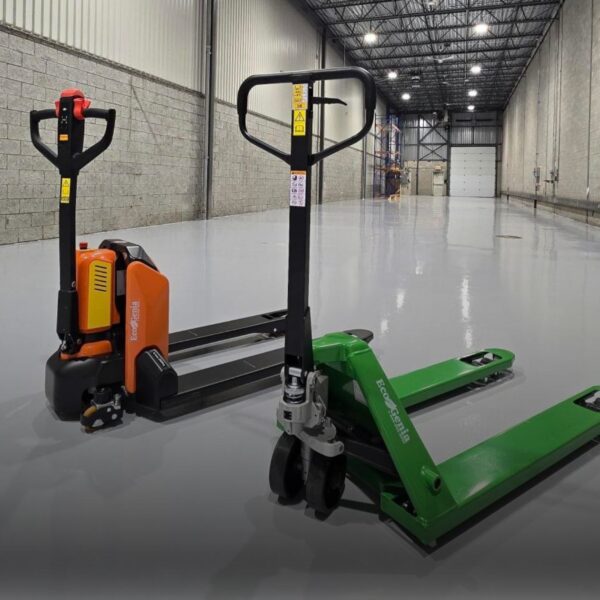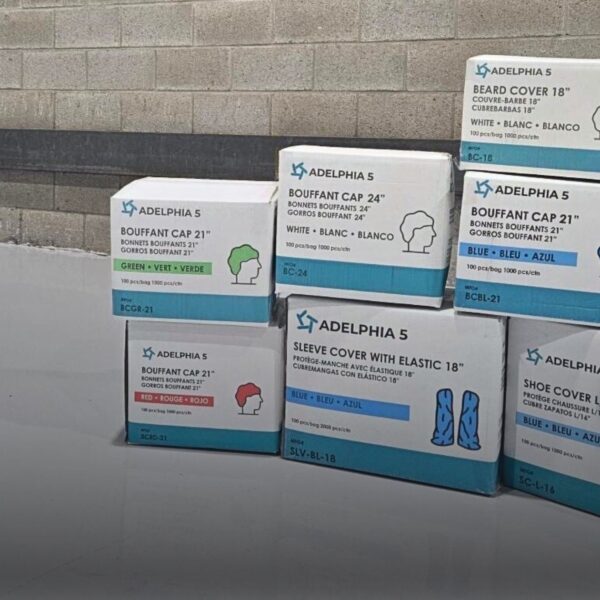When it comes to supply chain management, every step matters. From manufacturing to delivery, each process plays a crucial role in ensuring products reach their destination intact and on time. However, one often overlooked aspect of this journey is the packaging. While it may seem like a mundane task, poor packaging practices can have profound consequences for businesses, leading to significant inventory loss and financial strain.
Inventory loss due to poor packaging practices is a pervasive issue faced by businesses across various industries. In fact ~ 30% of all food produced worldwide is lost or wasted along the supply chain.
Whether it’s food, electronics, or pharmaceuticals, inadequate packaging can result in damaged goods, spoilage, or theft, ultimately leading to financial losses and tarnished reputations.
One of the primary culprits behind inventory loss is insufficient protection during transit. Fragile items such as glassware or electronic components are particularly vulnerable to damage if not adequately cushioned and secured within their packaging. Without proper padding or shock-absorbing materials, these items are susceptible to breakage or malfunction, leading to costly returns and replacements.
Inefficient packaging practices can lead to logistical challenges and increased handling costs. Oversized or poorly designed packaging may occupy more space than necessary during transportation and warehousing, driving up shipping and storage expenses. Additionally, irregularly shaped or poorly labeled packages can lead to errors in handling and sorting, further exacerbating operational inefficiencies.
The repercussions of inventory loss due to poor packaging practices extend beyond immediate financial losses. Businesses also face potential long-term consequences such as damaged brand reputation and diminished customer trust. Customers who receive damaged or defective products are unlikely to repurchase from the same brand, leading to lost sales and negative word-of-mouth publicity.
To mitigate the risks associated with poor packaging practices and minimize inventory loss, businesses must prioritize packaging optimization and innovation. Investing in robust packaging materials, such as corrugated cardboard, bubble wrap, or foam inserts, can provide enhanced protection during transit and storage. As important is the wrapping of pallets, and ensuring you are using the correct film for your product, load, and the goods’ transportation journey.
In conclusion, the impact of poor packaging practices on businesses cannot be overstated. From inventory loss to reputational damage, the consequences can be severe and far-reaching. By prioritizing packaging optimization, investing in quality materials, and embracing sustainable packaging solutions, businesses can safeguard their products, reduce losses, and strengthen their competitive edge in the market.
Sources:
https://www.mdpi.com/2071-1050/11/1/264
https://ecommerceinsiders.com/frightening-consequences-poor-product-packaging-4398/




